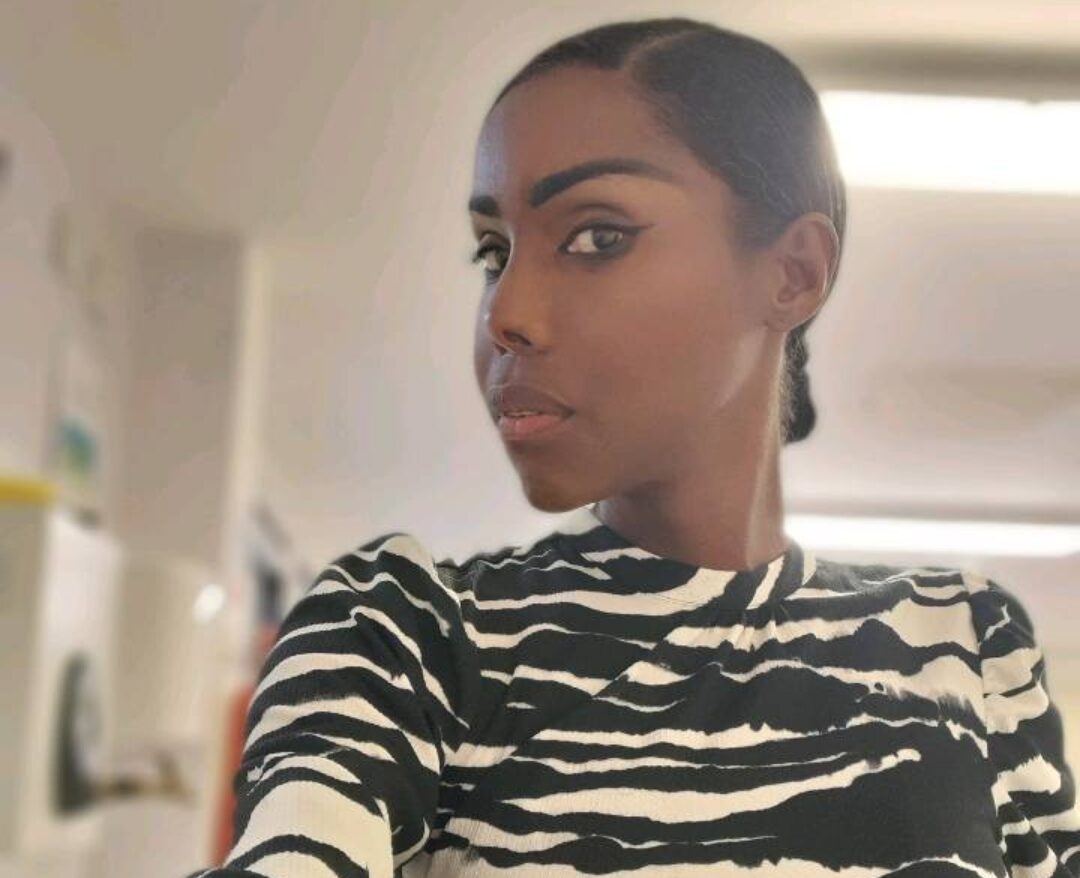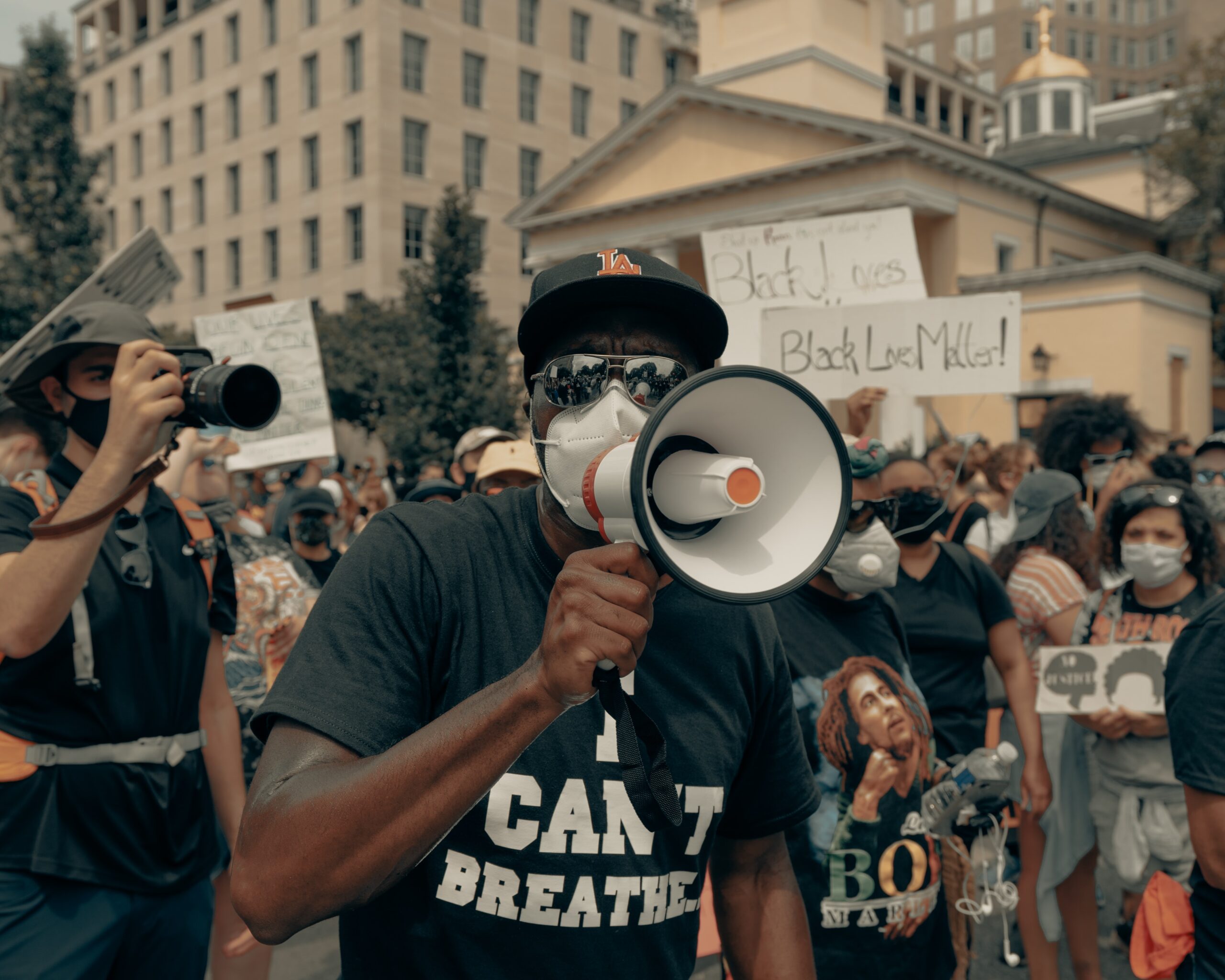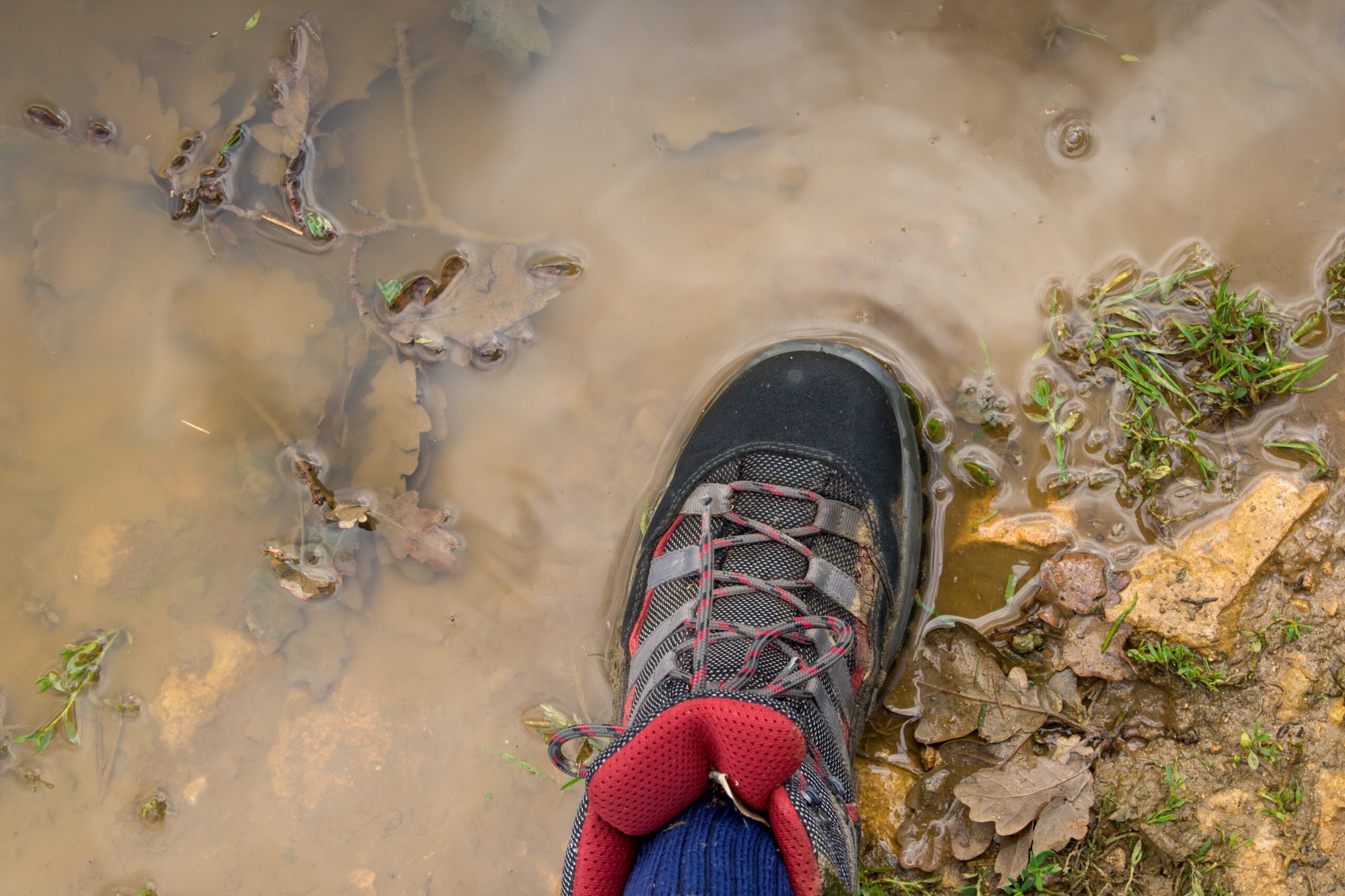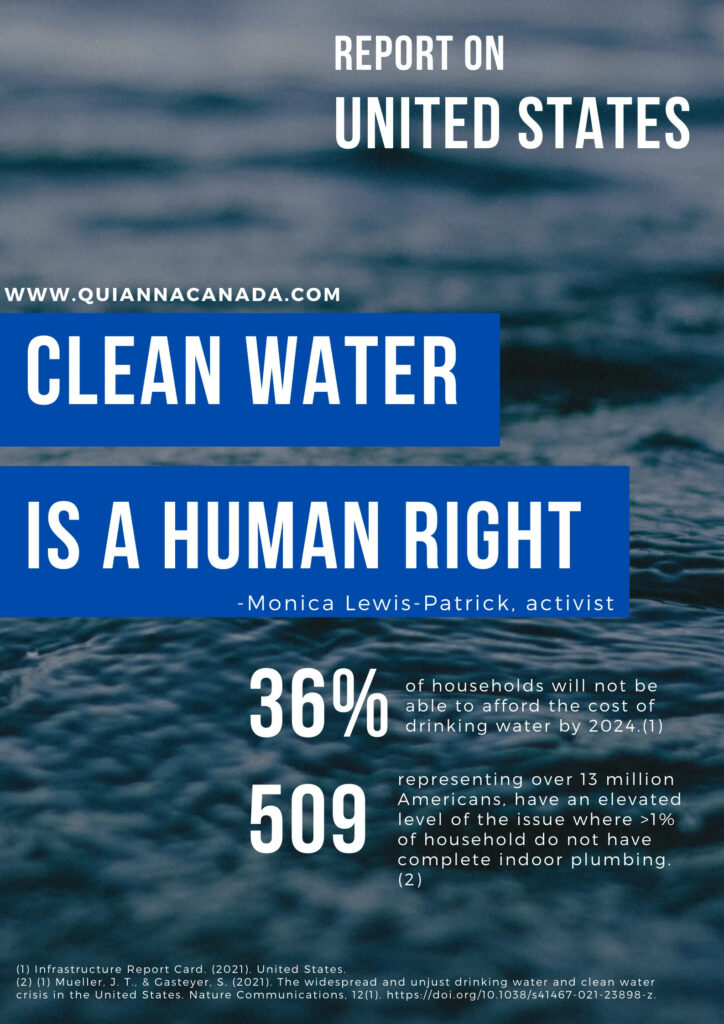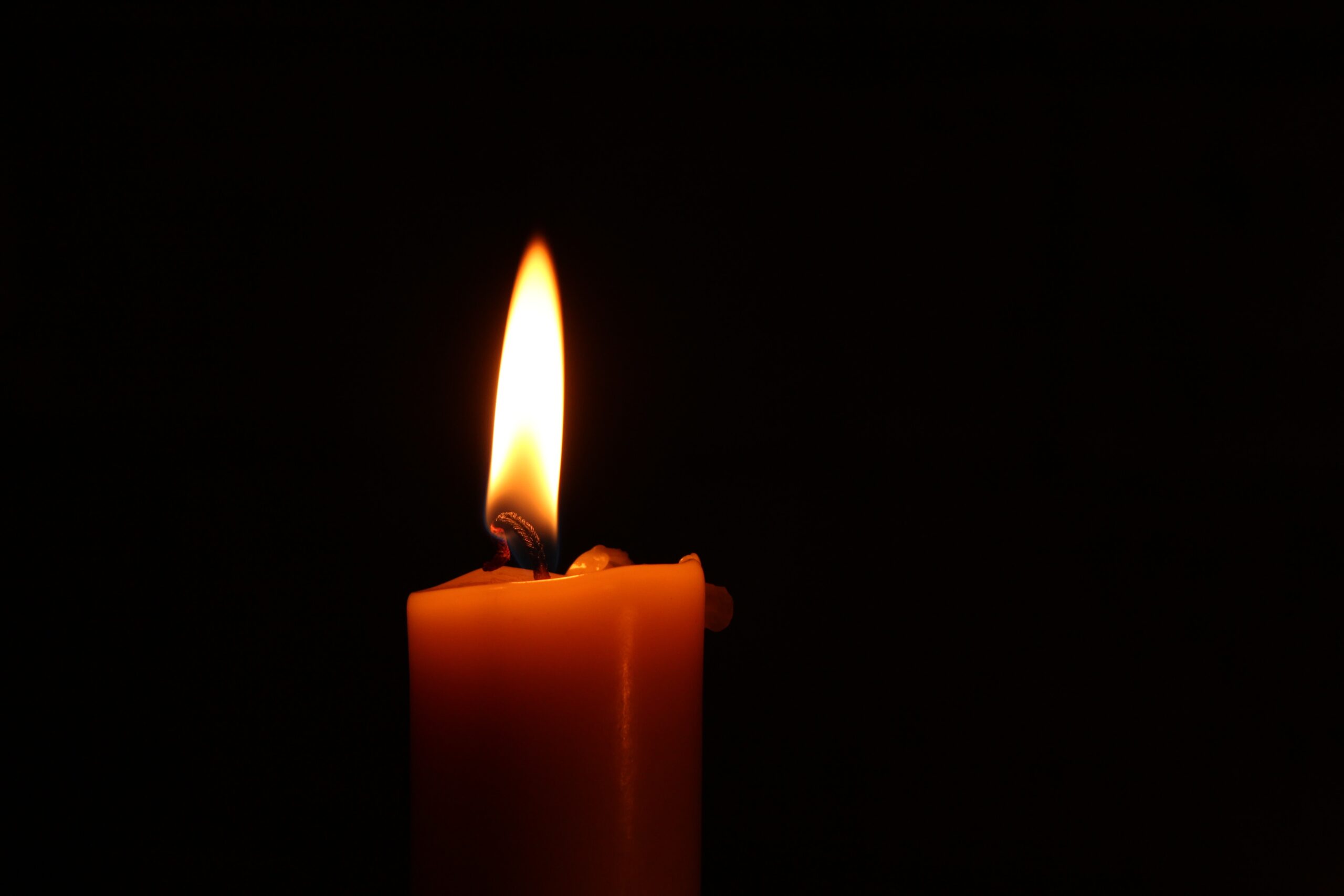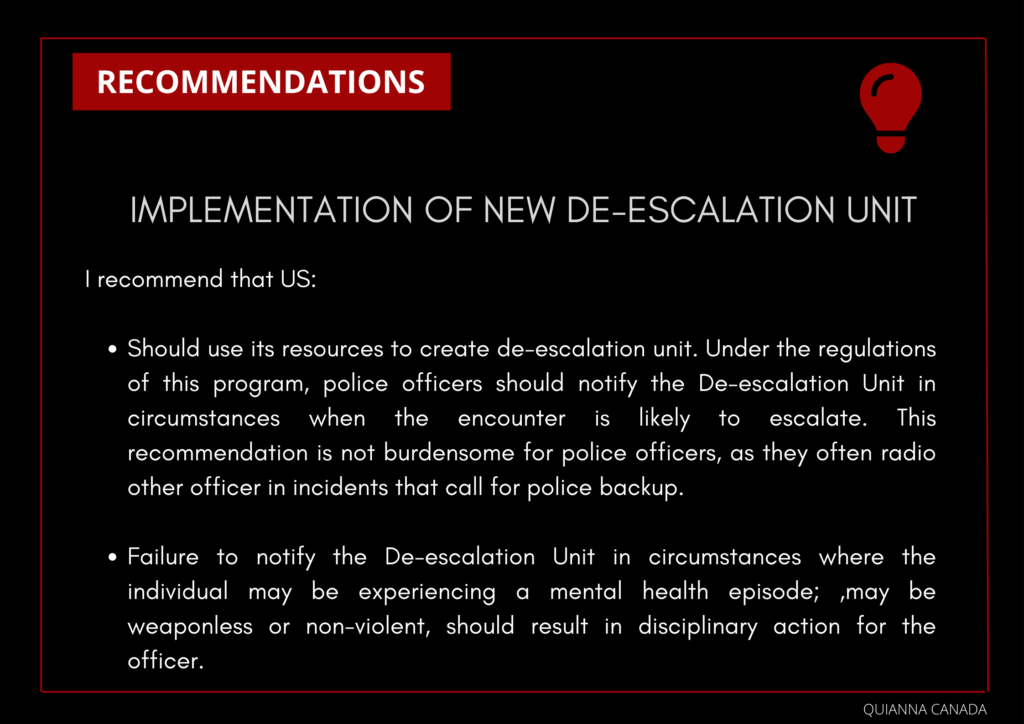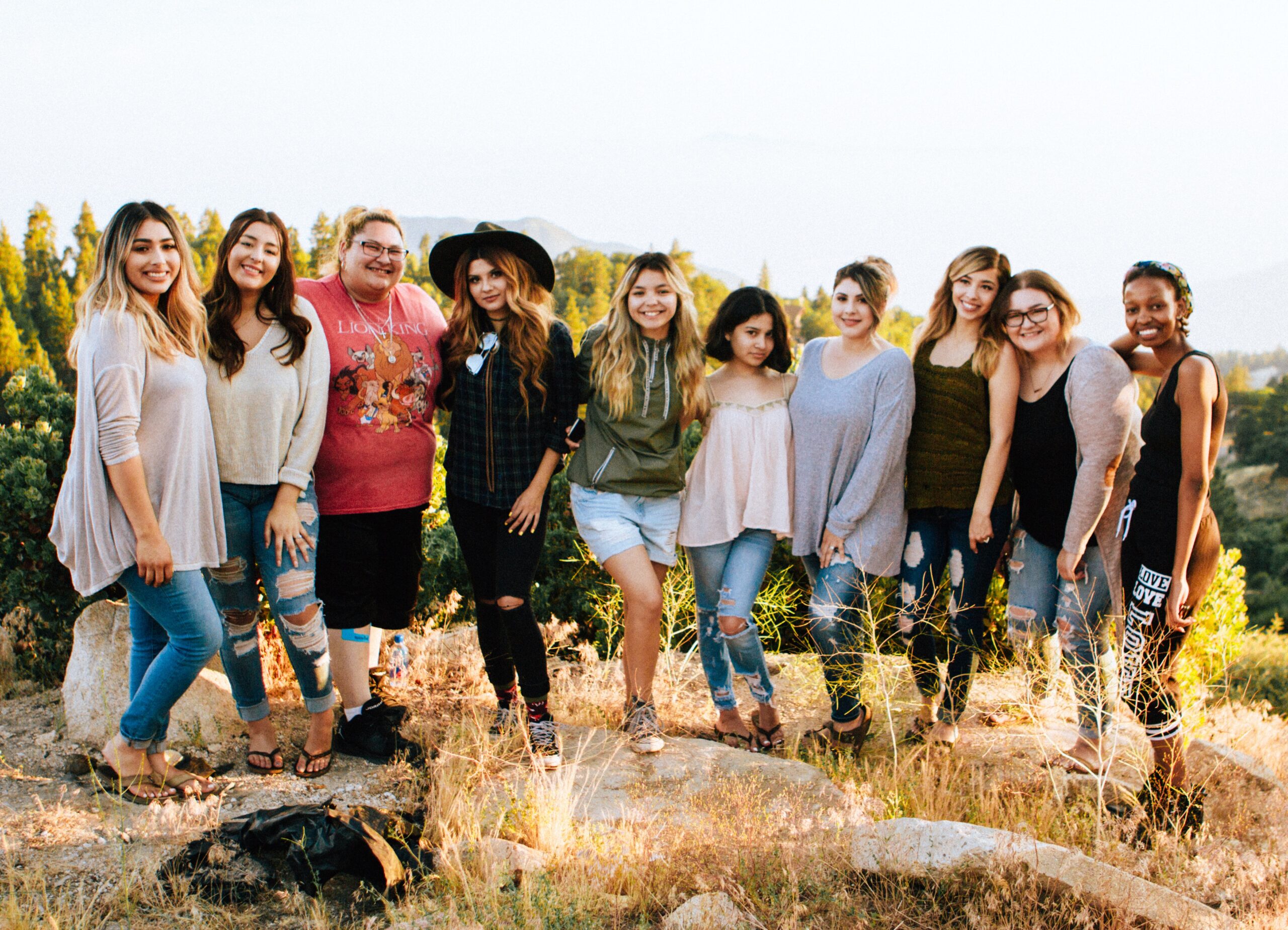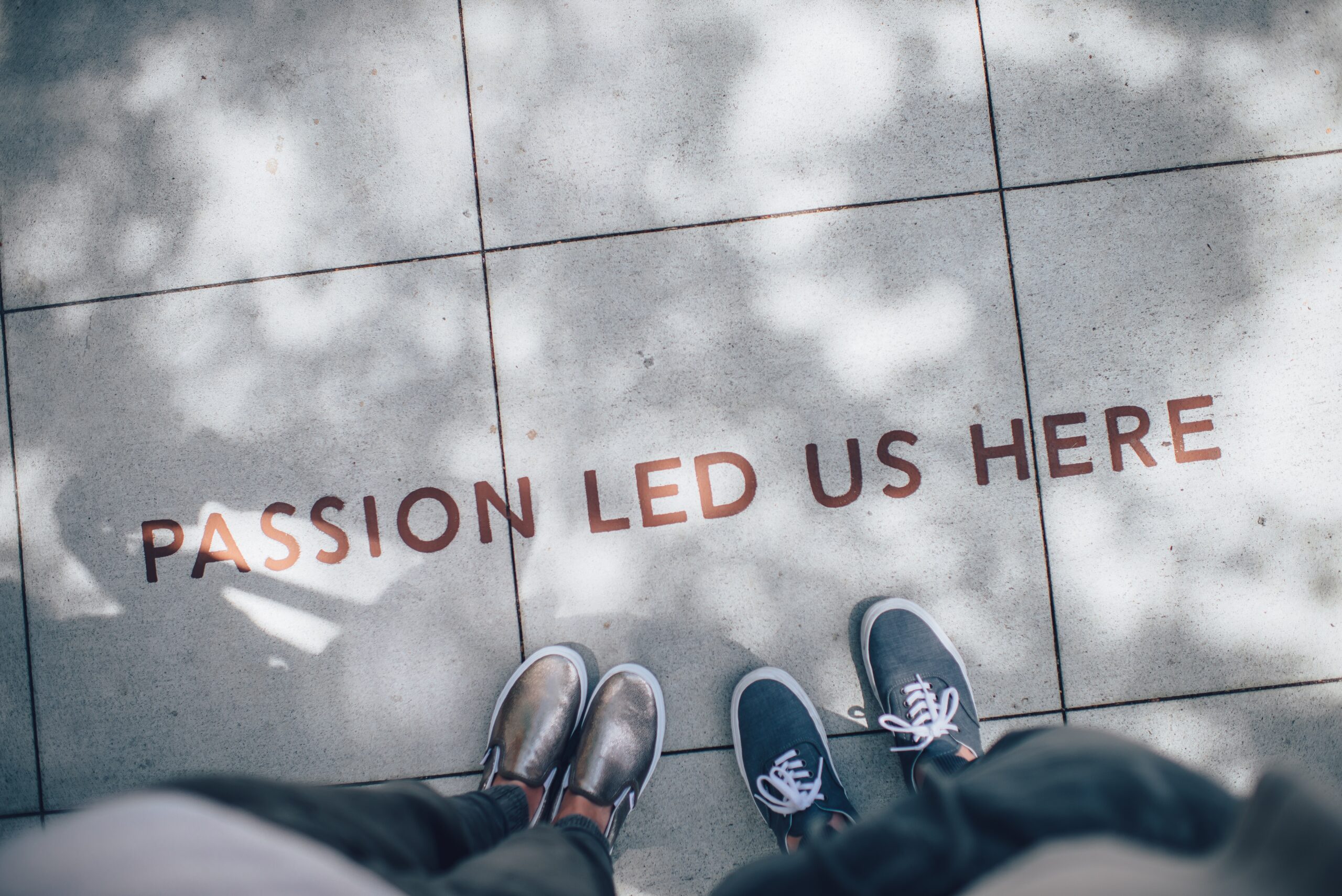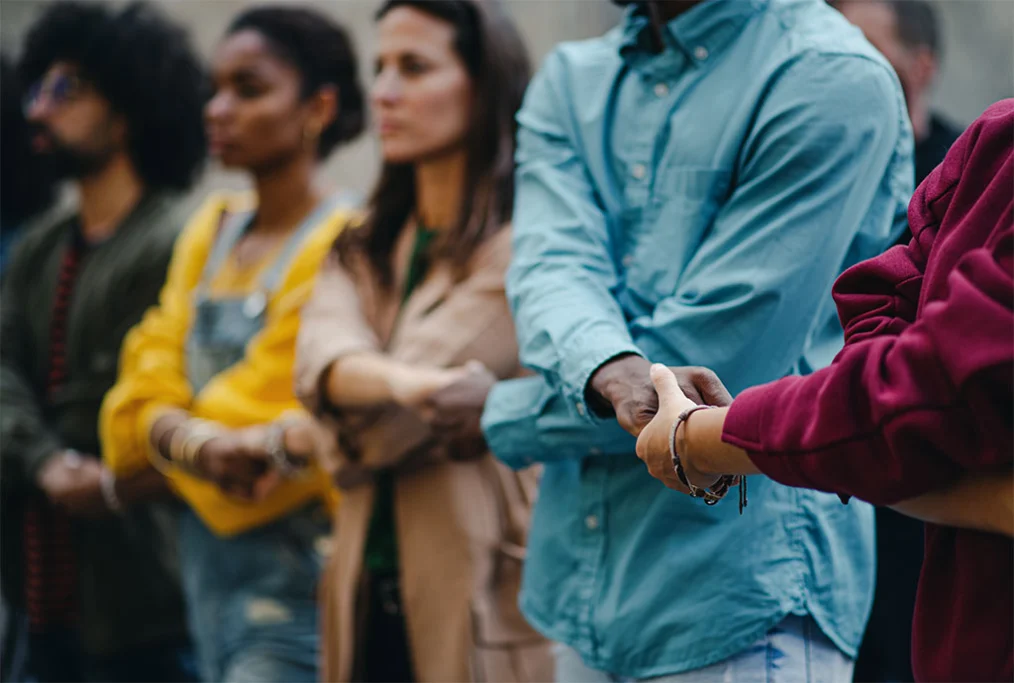Vulnerable Victim Hypothesis: Addressing the Widespread Issue of Sexual Harassment
Sexual harassment is a systemic and political problem because we live in a patriarchal society. Patriarchy is defined as a system of social, political, and economic structures and practices, in which men as a group/category govern, oppress, and exploit women as a group/category (Strida & Hearn, 2022).
The first idea that supports the argument that sexual harassment is a systemic issue rather than personal one is the vulnerable-victim hypothesis, which suggests that women in precarious positions who have the least workplace authority are subject to greater harassment. A proposition offered here is that when sexual harassment is reinforced through our political institutions, it relegates women to a class of vulnerability. Indeed, the failure of the law to offer women significant protections and equality undoubtedly places women in a tenuous position (Cushman, 2011) that go beyond what is perceived as personal.
The second idea that supports the argument that sexual harassment is a systemic issue is the power-threat model, which suggests that women who threaten men’s dominance are frequent targets of sexual harassment (McLaughlin, Uggen, & Blackstone, 2012). Assertive females are also seen as threatening the gender hierarchy (McLaughlin, Uggen, & Blackstone, 2012), as the patriarchal structure we currently live in gives imprimatur to men to keep women “in their place” (McLaughlin, Uggen, & Blackstone, 2012) through men’s harassing conduct. For example, men’s use of harassment and discrimination diminishes women employed in masculine occupations (McLaughlin, Uggen, & Blackstone, 2012).
To be sure, Fitzgerald (2017) found females in non-traditional jobs reported significantly greater subjective harassment by men. This finding was supported by McLaughlin, et al. (2012), who found females in predominantly male industries reported the same. Research on contrapower harassment further suggest that even when women possess greater organizational authority than the male harasser, her gender often imbues her male harasser with informal power (McLaughlin, Uggen, & Blackstone, 2012). Indeed, men’s sexual harassment of women in the workplace imposes a penalty upon women for “stepping out” of their traditional roles, and functions as a tool to enforce gender-appropriate behavior (McLaughlin, Uggen, & Blackstone, 2012).
Vulnerable Victim Hypothesis: Addressing the Widespread Issue of Sexual Harassment
Third, feminist studies have emphasized how men’s violence to known women can be understood as part of the system of structured power and oppression that constitutes patriarchy and patriarchal social relations (Strida & Hearn, 2022). This structured power is seen in Meritor Savings Bank v. Vinson, 477 U.S. 57 (1986), at the district court level, before the case made its way to the U.S. Supreme Court. For example, the lower court held Vinson engaged in “voluntary” conduct, which had nothing to do with her continued employment at the bank. Based on this argument, the district court found Vinson was not the victim of sexual harassment. Although the U.S. Supreme Court held the correct inquiry is not whether Vinson’s participation was voluntary, but whether her conduct indicated that the alleged sexual advances were unwelcome, the district court’s initial ruling demonstrates men’s treatment of women in the workplace wields phallic power gained through our patriarchal structure.
In the book, Because of Sex: One Law, Ten Cases, and Fifty Years That Changed American Women’s Lives at Work, feminist legal scholar Catharine MacKinnon offered two overarching principles that changed how the law viewed sexual harassment in the workplace. First, MacKinnon argued that the harassing conduct was “because of sex,” in that, the victim’s womanhood was the reason for the harassment (Thomas, 2016). Second, she argued that unwelcome sexual conduct directly—and adversely—affects the “terms, conditions or privileges” of a woman’s employment in a way that most men never had to experience (Thomas, 2016). Although opponents may contend that sexual harassment is personal rather than political, there is no way we can agree with this idea.
Patriarchy is thought to anchor the problem of violence against women in social conditions, rather than individual attributes (Strida & Hearn, 2022). This converges with the idea that sexual harassment in the workplace deals with society and its organizations, and how it legitimizes the behavior against women, rather than it being confined to an individual’s personal life. Indeed, the notion of patriarchy, as a system of violence, enables the theorizing of simultaneously existing structures of violence (e.g. sexual harassment), as an assemblage of multiple simultaneous overlapping systems (Strida & Hearn, 2022) that go beyond what is personal. That’s the big political problem of sexual harassment.
According to General Comment 19, CEDAW acknowledged that equality in employment can be seriously impaired when women are subjected to gender-specific violence, such as sexual harassment in the workplace. Furthermore, State parties should include in their reports information on sexual harassment, and on measures to protect women from sexual harassment and other forms of violence of coercion in the workplace (24)(j).
BIBLIOGRAPHY
Cushman, C. (2011). Romantic Paternalism. In C. Cushman, Supreme Court decisions and women’s rights: Milestones to equality (p. 1.26).
CQ Press.Fitzgerald, L. F. (2017). Still the last great open secret: Sexual harassment. Journal of Trauma & Dissociation, 18(4), 483–489.
McLaughlin, H., Uggen, C., & Blackstone, A. (2012). Sexual Harassment, Workplace Authority, and the Paradox of Power. American Sociological Review, 77(4), 625–647.
Strida, S., & Hearn, J. (2022). Violence and Patriarchy. In L. R. Kurtz, Encyclopedia of violence, peace and conflict (pp. 319-327). London: Academic Press.
Thomas, G. (2016). In G. Thomas, Because of Sex: One Law, Ten Cases, and Fifty Years That Changed American Women’s Lives at Work. New York: St. Martin’s Press.
